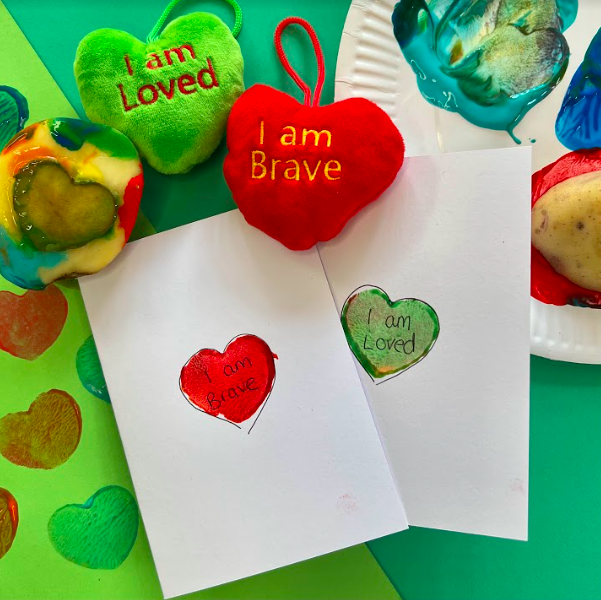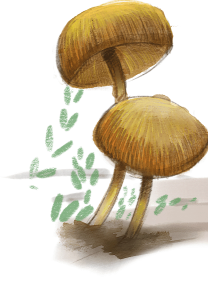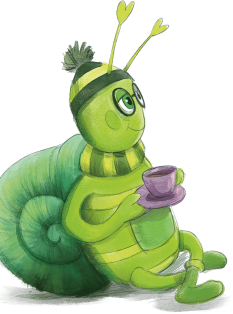Fostering Resilience to Alleviate Separation Anxiety
We all want our children to be resilient and confident individuals. But what happens when separation anxiety is getting in the way of your little one going off on their own adventures? Whether it be nursery, school, or even a playdate, it can be difficult to see our child struggle at the thought of being away from us. At Hug-a-Bug World, we specialise in developing books and relatable bug-lovable characters to help children overcome their difficulties and feel confident in themselves! Below are a few tips and tricks we have come up with to foster their resilience in order to alleviate separation anxiety.
What is separation anxiety?
Whilst around 4% of children will experience separation anxiety to a moderately-severe level, all children will experience the state at some point in their younger years. Separation anxiety is a normal developmental stage that usually begins to occur between the ages of 6 months and 3 years. Children with separation anxiety may experience:
- – difficulty being away from parents or other loved ones;
- – excessive worry about danger to self or loved ones;
- – worry about being alone and difficulty sleeping;
- – feeling physically ill when away from loved ones. Building Blocks of Resilience: Something that can help put a child at ease is building their resilience to things they find challenging. Resilience is the ability to ‘bounce back’ from adversity, and by nurturing it in young children we are setting them up with a lifelong skill. Many children may benefit from resilience building activities. It can build their confidence and help them to understand that uncomfortable emotions don’t last forever. Although children will naturally grow more resilient with experience over time, the following are a few strategies you can try at home to foster its growth in relation to separation anxiety.
1. Establishing Consistent Routines:
Children thrive off consistency as this can help them feel secure and have a sense of control in their lives. When navigating separation you can help your child ease into independence by having consistent goodbye and reunification routines. A brief but consistent ritual can help your child to understand that this is part of everyday life and like every other time, you will return. When saying goodbye, use simple language to explain where you’re going and when you will be back. When you arrive to collect your child, celebrate seeing each other and ask open ended questions about what they got up to in their day. This reinforces the idea that being apart is temporary and one can have positive experiences both with their primary care-givers and away from them.
2. Affirmation Comfort Items
A comfort item can aid as a transitional object between
different caregivers. The sense of familiarity and symbol of
connection can be beneficial in building a child’s confidence
as they navigate their independence. Our affirmation hearts are
the perfect soft toy that your child can fit easily and discreetly
in their pocket. Each heart has a different, uplifting
affirmation that can help your child build confidence.
Encourage your child to squeeze the heart and repeat the
affirmation when they miss you. Not only does this help your
child to speak and think kindly about themselves, but it can act
as a tangible reminder that they are loved and that the connection they have with their caregiver is enduring even if you are physically apart.
3. Normalise Emotions
In our lovable Bella Bee “I am Brave” book, Bella teaches the other bugs about the strength that lies inside of them. Whilst reading the book with your child, discuss times when you have been brave and encourage them to do the same. Bella explains that it is normal to be frightened of things that we don’t understand, but with friendship and resilience we can overcome our fears. Let your child know that what they are feeling is normal and that learning to be brave is an innate skill we all have inside of us.
As always, let us know if you used any of these techniques! We always love to hear from you!
The Hug A Bug Team
Instagram – @hugabug_world Writer: Anna Baird, Sources:
- “Separation Anxiety Disorder”, Boston Children’s Hospital, Department of Psychiatry and Behavioural Sciences
- “Understanding Behaviour, age 3-8 years”, RaisingChildren.net.au
Fostering Resilience to Alleviate Separation Anxiety




